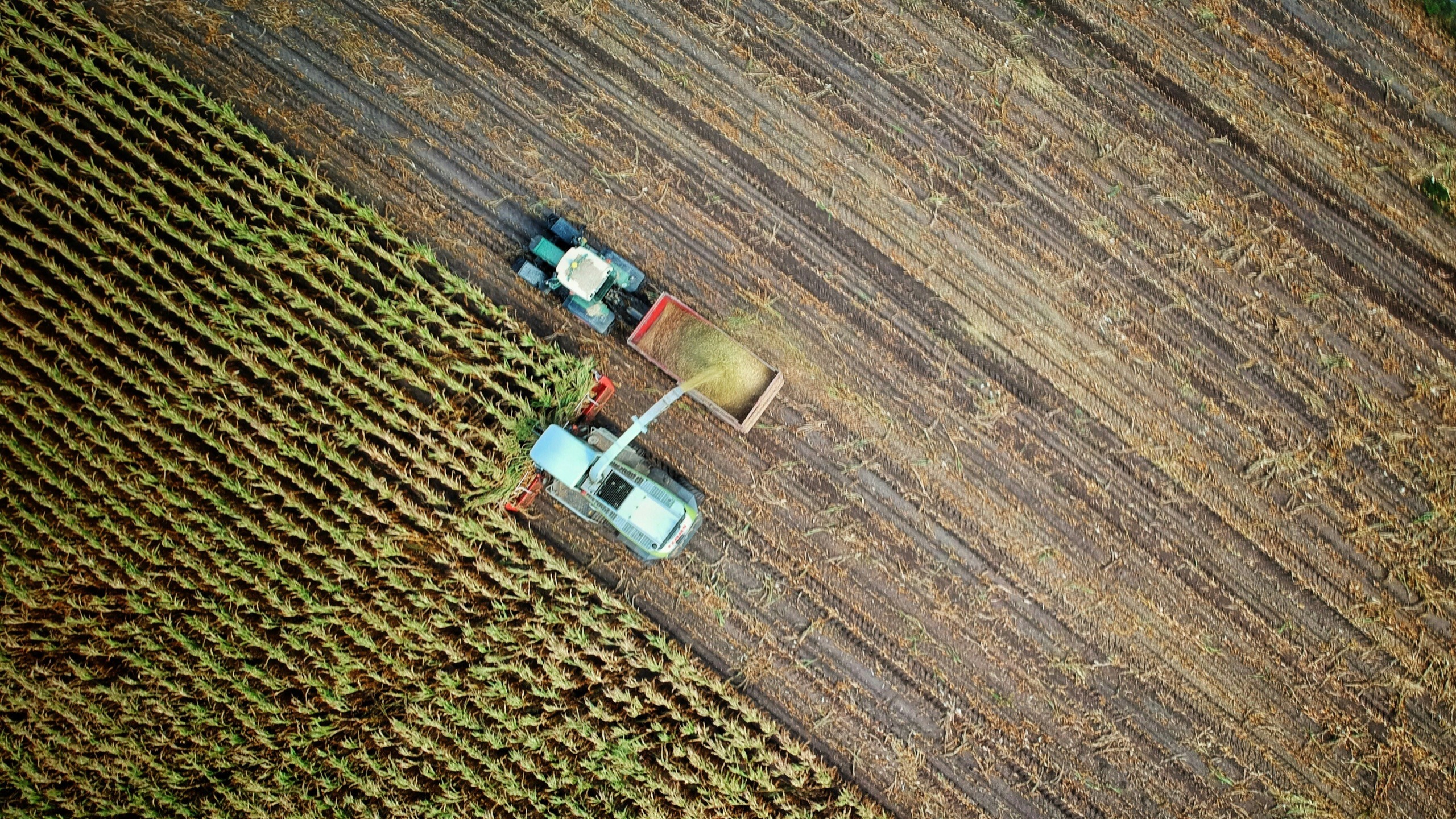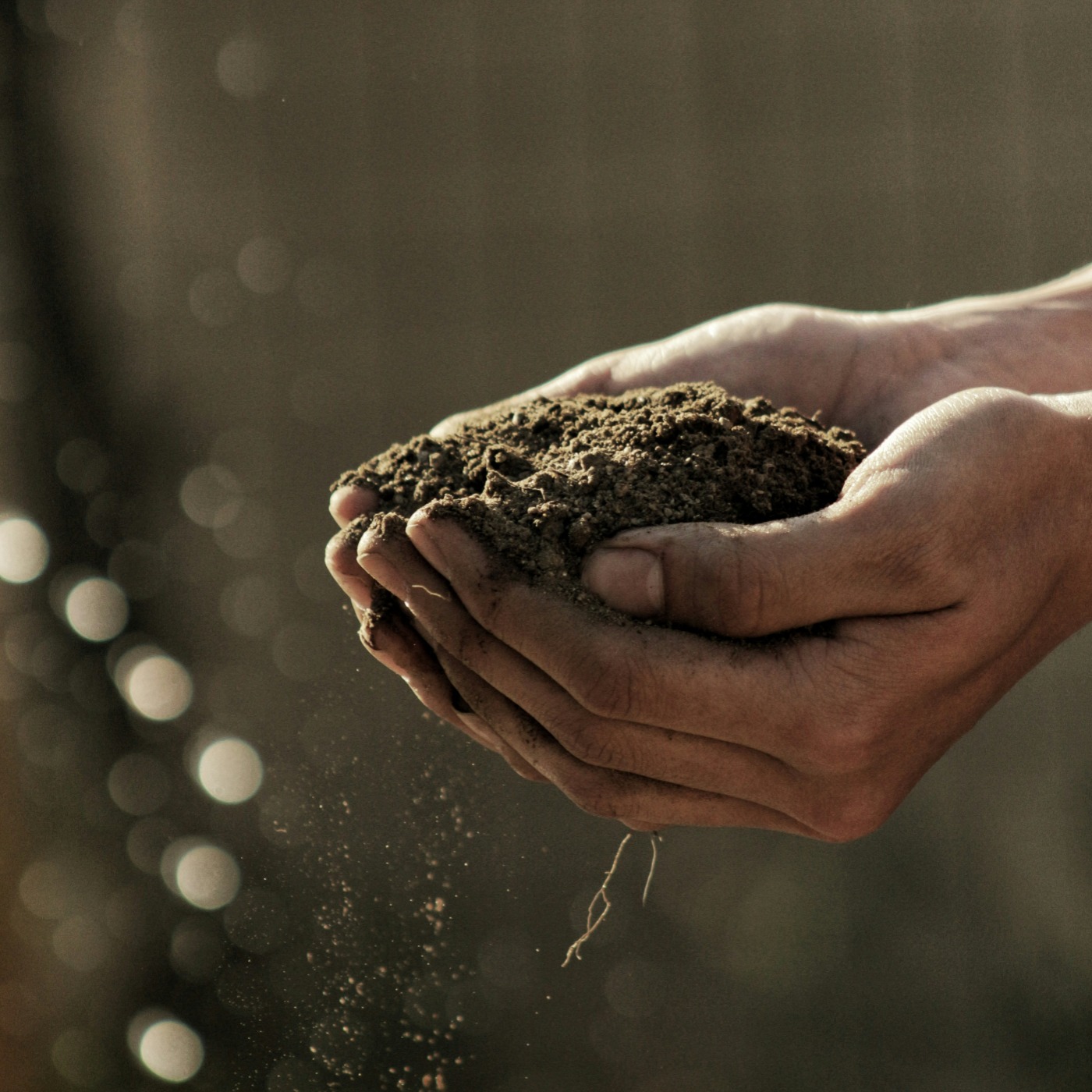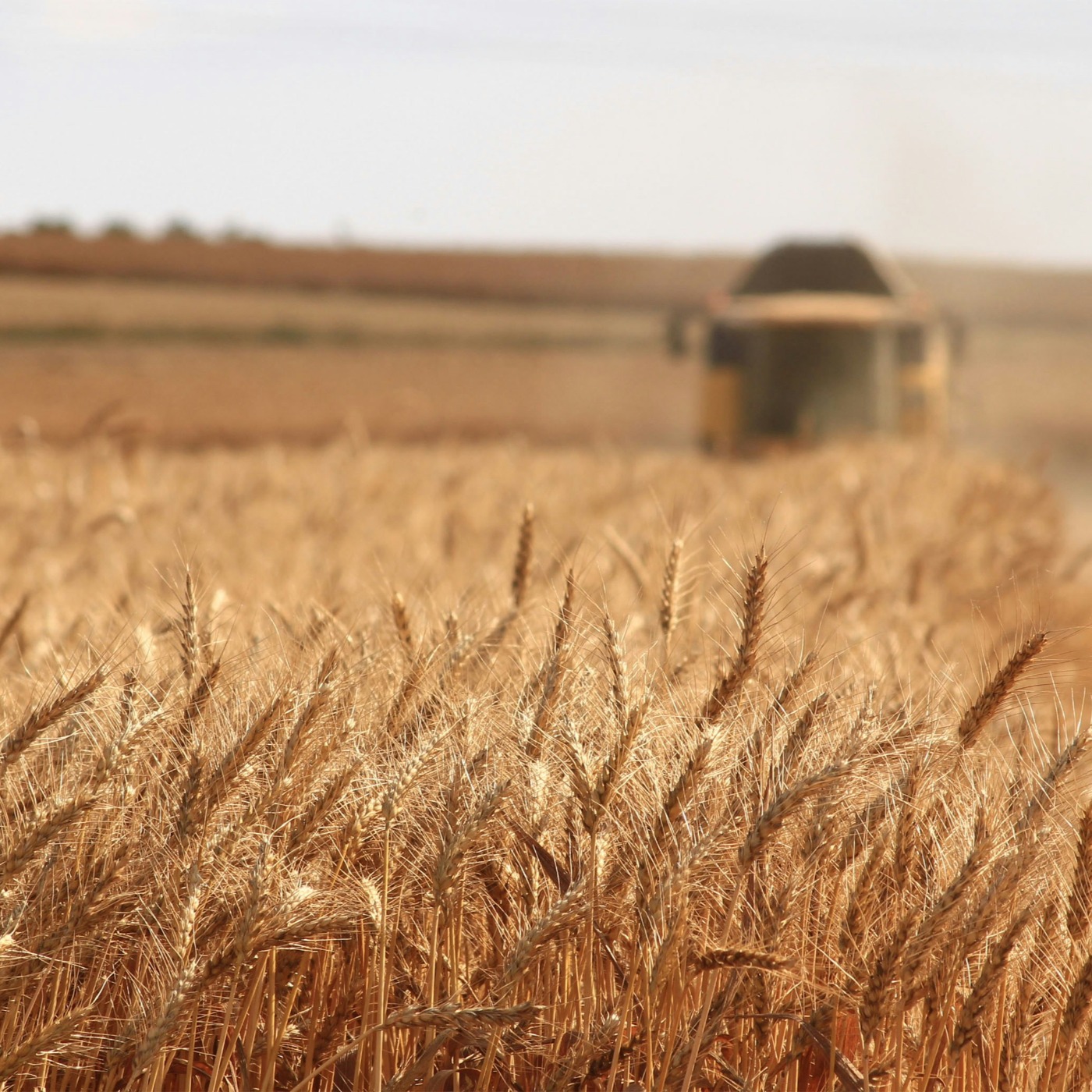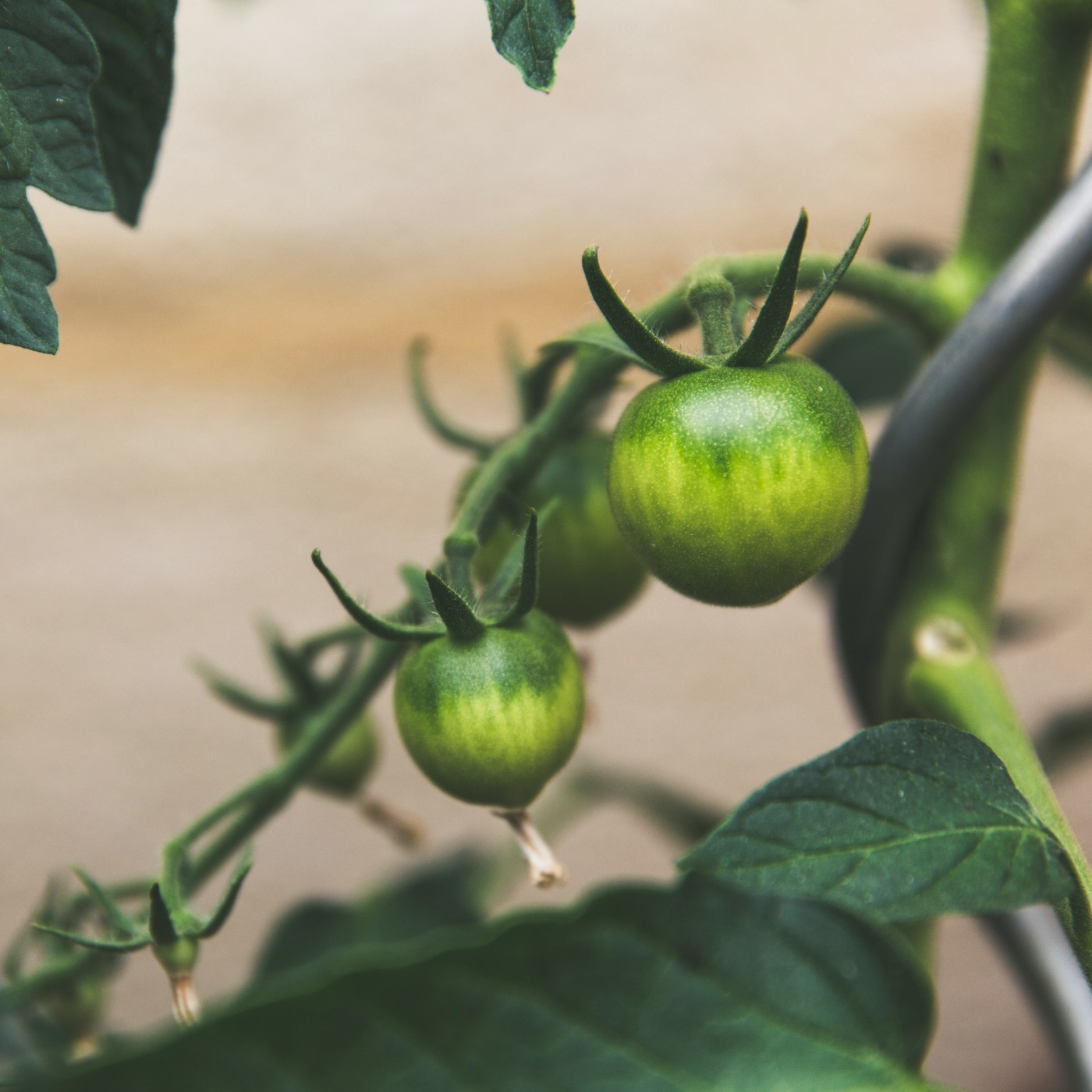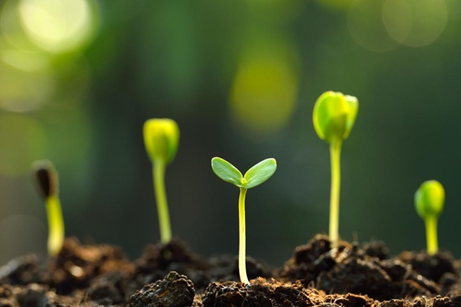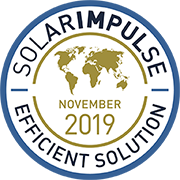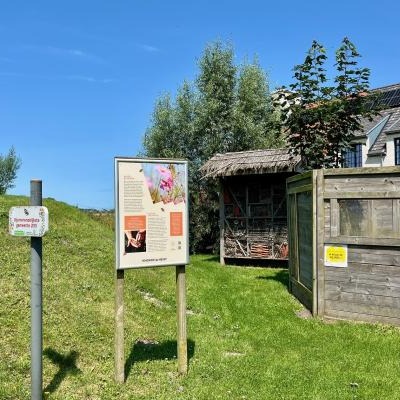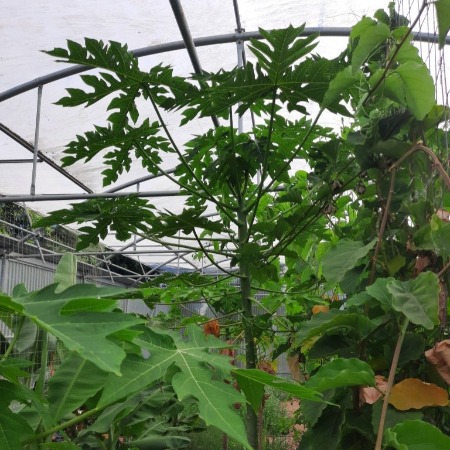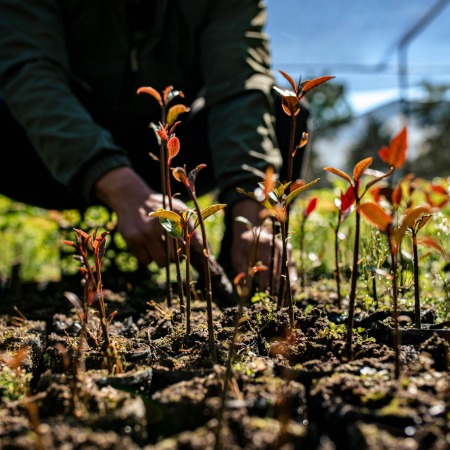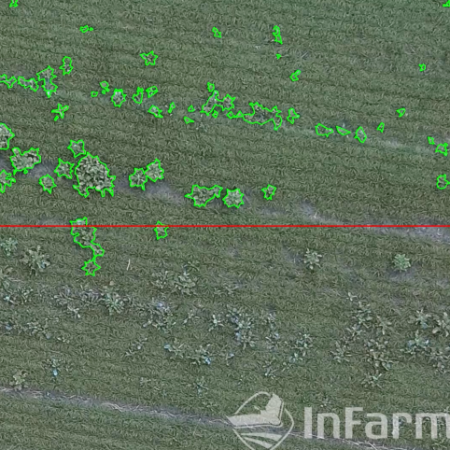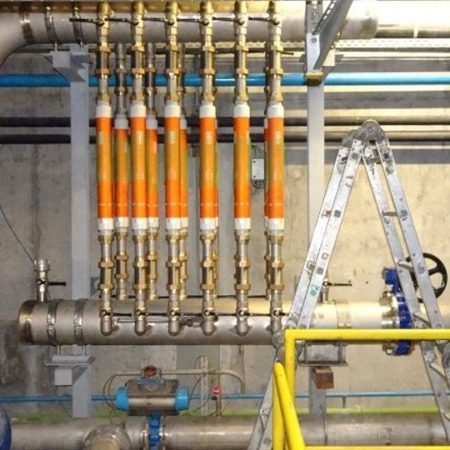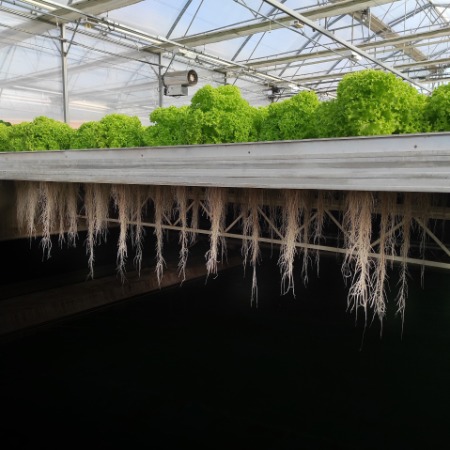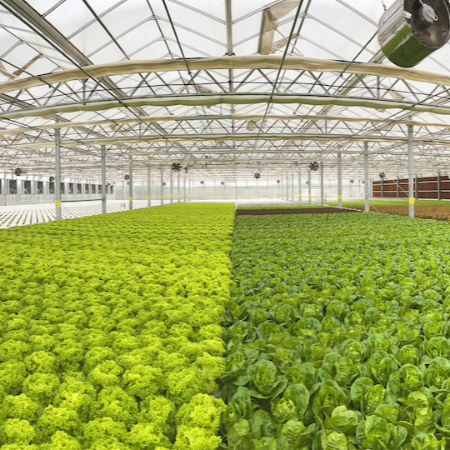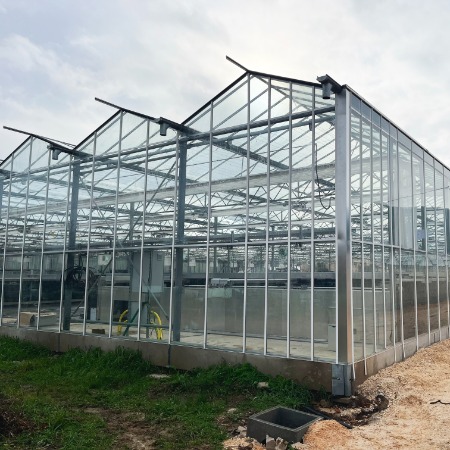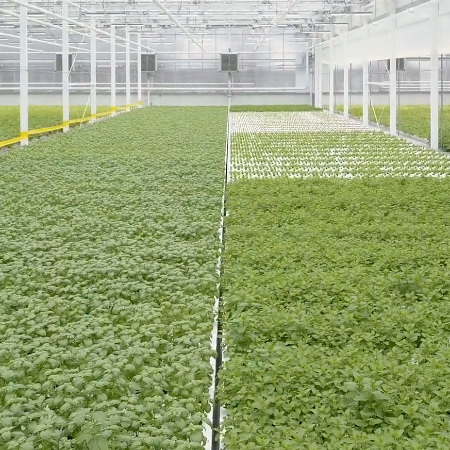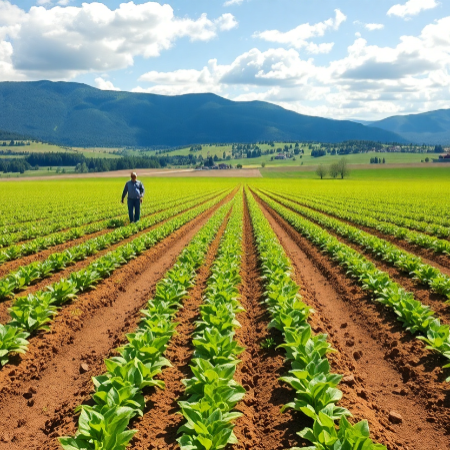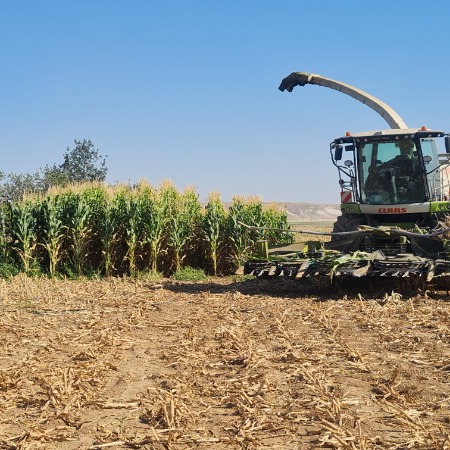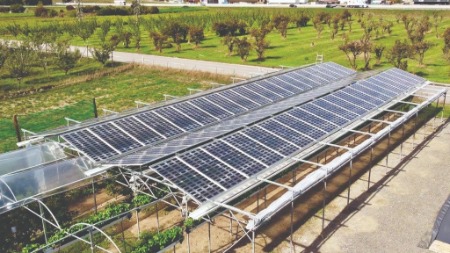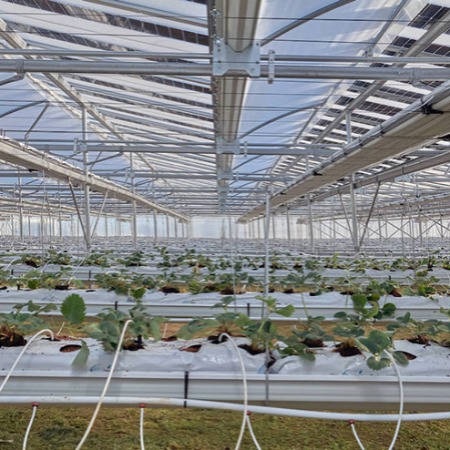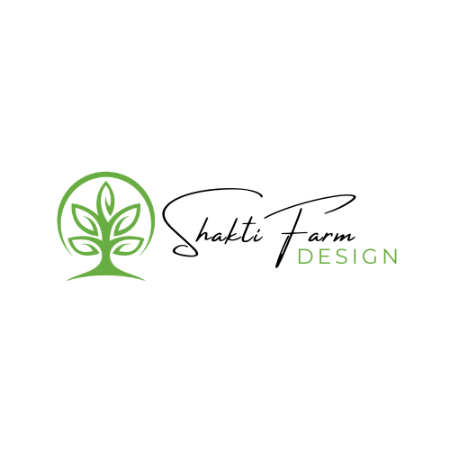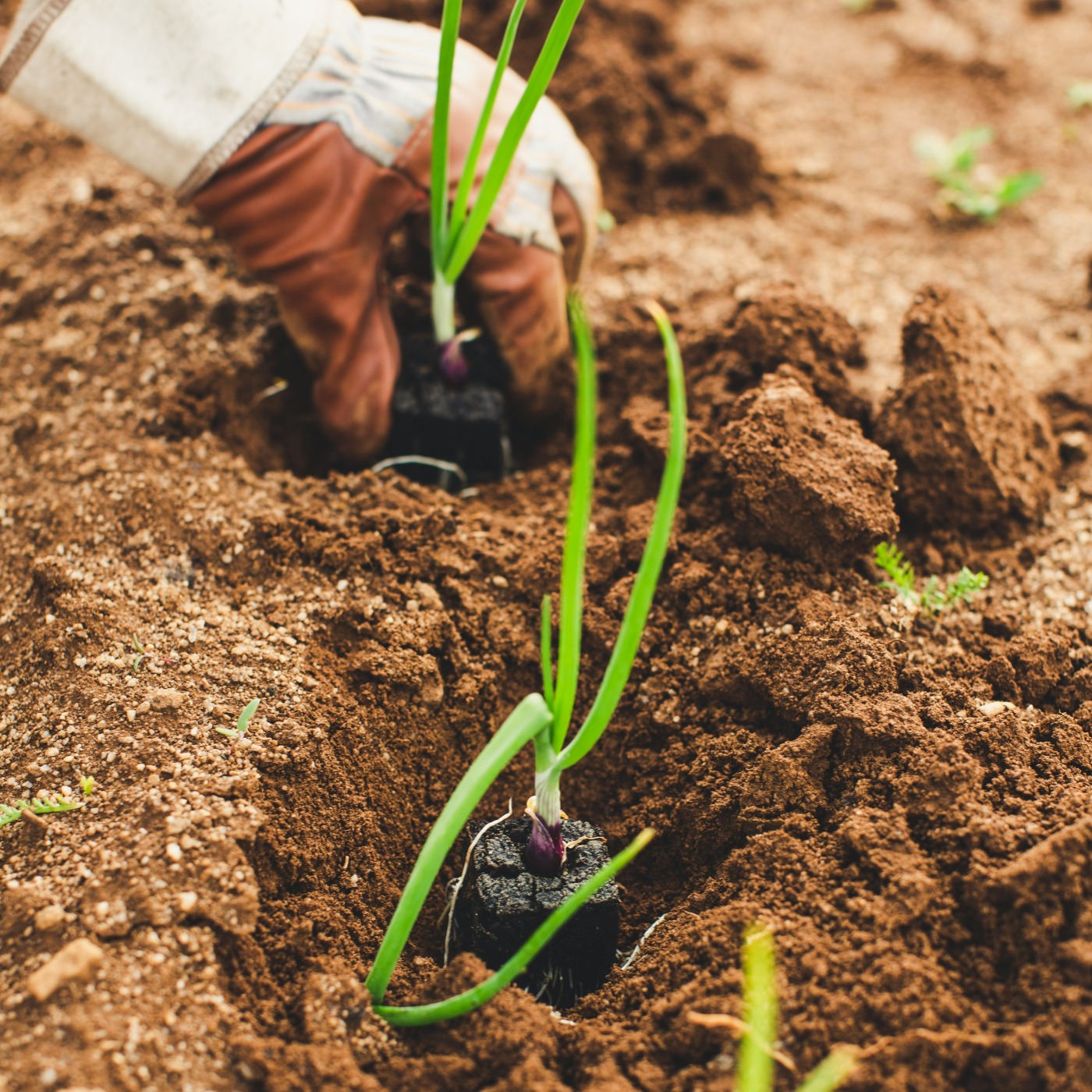01. Avantages
Avantages de l'agriculture durable
- Protection de l'environnementLe premier avantage de l'agriculture durable est la protection de l'environnement, la réduction de l'érosion et de la dégradation des ressources naturelles, l'amélioration de la qualité de l'air et de l'eau, l'augmentation de la biodiversité, ainsi que la diminution des émissions de carbone.
- Amélioration de la santé publiqueL'agriculture durable n'utilise pas de pesticides et d'engrais dangereux. Par conséquent, les agriculteurs sont en mesure de produire des aliments plus sûrs et plus sains pour les consommateurs et les communautés environnantes.
- Équité économique et socialeLes méthodes d'agriculture durable ont un autre avantage : elles fournissent des revenus décents, mais aussi des emplois, de la nourriture et d'autres biens et services à la majorité des personnes qui vivent aujourd'hui dans la pauvreté. En outre, elles permettent de dynamiser les territoires ruraux et de créer des liens sociaux entre le monde rural et le monde urbain.
